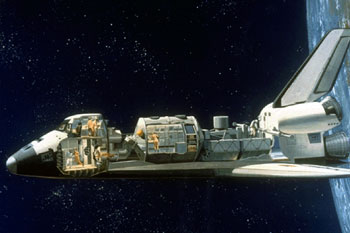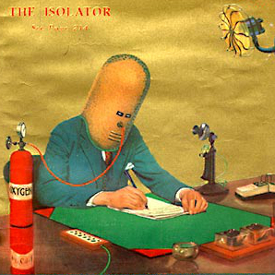
Margaret Rhea Seddon was one of two medical doctors among the six women selected by NASA as astronauts in 1978 – the first astronaut class that included female candidates (the other one was Anna Fisher, about whom I’ll talk more about later.). Both of these doctors went on to have remarkable spaceflight careers.
Rhea Seddon earned her Doctor of Medicine degree in 1973; during the five years prior to her selection as an astronaut, she was a practicing surgeon in hospitals in Mississippi, Tennessee and Texas.
After her selection and prior to her first spaceflight Dr. Seddon put her medical skills to work as a rescue helicopter physician during Space Shuttle launches and landings and as a member of NASA’s Aerospace Medical Advisory Committee.

Her first spaceflight was as a mission specialist on the launch of Discovery on April 12, 1985 (STS-51D). Though she played a role in several medical experiments conducted on that mission, on her next two Shuttle flights her experience as a medical doctor was pivotal.
Both of her following missions carried a specially designed human-habitable cylindrical module in the Space Shuttle’s payload bay. The module was designated “Spacelab” and It was accessible via a tunnel from the Shuttle’s cargo bay. It was a precursor to similar components later designed into the International Space Station.

The launch of Columbia on June 5, 1991 with Rhea Seddon on board (STS-40), was the first so-called Spacelab Life Sciences Mission. Experiments and other tests done within the pressurized module evaluated how an astronaut’s bodily systems reacted in response to the near-zero gravity of space, and how well and how fast they recovered after returning to Earth.
Dr. Seddon’s third launch in Space Shuttle Columbia on October 18, 1993 (STS-58) was the second Space Life Sciences Mission, and it too carried a pressurized Spacelab module. During their fourteen days in orbit, Dr. Seddon and her six crewmates conducted experiments on themselves (and on some rats) of balance and orientation in zero-g, and evaluated cardiovascular and cardiopulmonary systems, human metabolism, and musculoskeletal system responses to microgravity.

NASA later declared that this mission had significantly expanded our knowledge of how the human body responds to an extended exposure to the weightlessness of spaceflight.
Rhea Seddon retired from NASA in 1997 and subsequently took a position as the Assistant Chief Medical Officer of the Vanderbilt Medical Group in Nashville, Tennessee. She is married to another former astronaut, Robert L. “Hoot” Gibson, who himself flew five missions on the Space Shuttle.

Dr. Margaret Rhea Seddon is also a member of the Daughters of the American Revolution, a national organization of women who can document their direct lineage to a patriot who served during the American Revolution.
Dr. Seddon belongs to the Colonel Hardy Murfree Chapter of the DAR in Murfreesboro, Tennessee, making her, to date, the only confirmed woman descendant of a Revolutionary War hero to journey into space.
Copyright 2016 Dandelion Beach LLC Images: NASA










